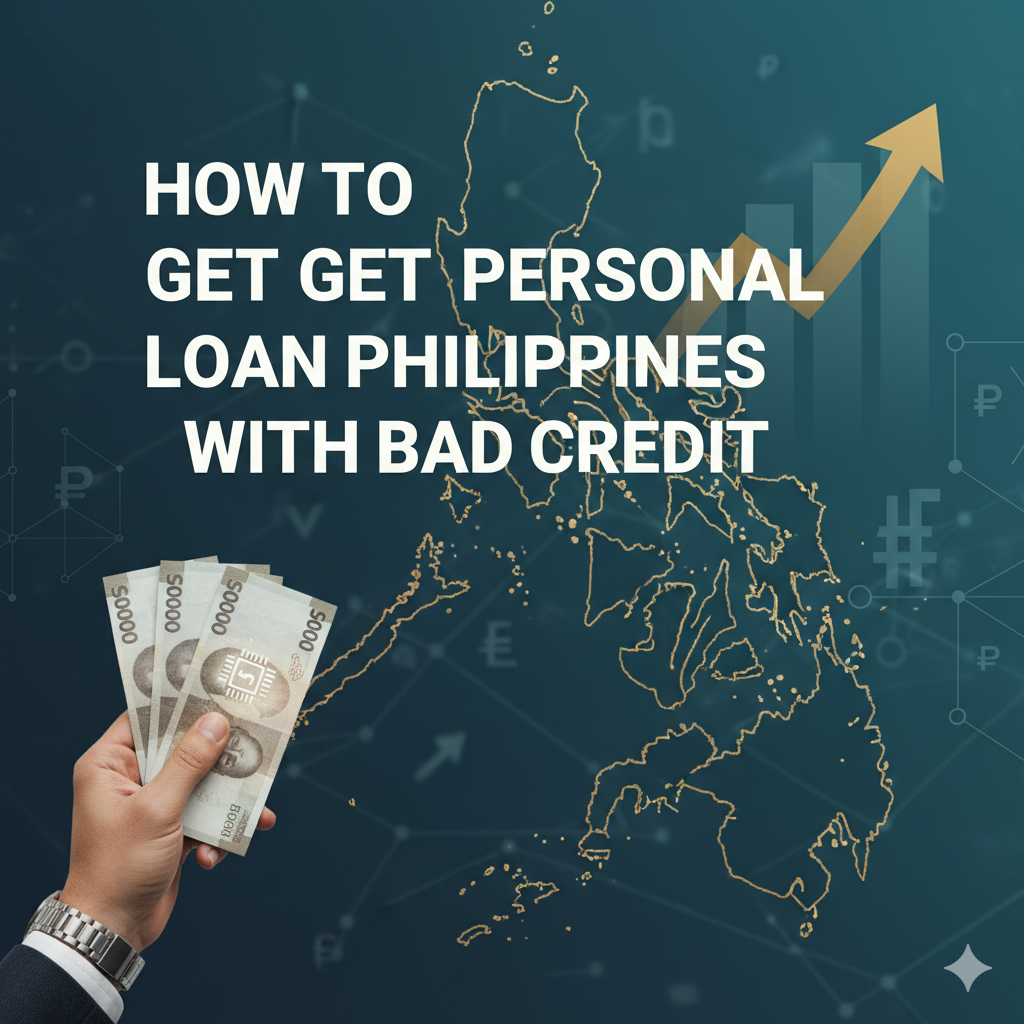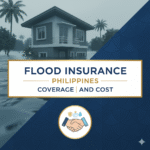Personal Loan Options When You Have Bad Credit (Philippines)
If you’re searching for how to get personal loan philippines with bad credit, this practical guide breaks down realistic, legal paths you can take in the Philippines today. It focuses on lenders and strategies that commonly work for borrowers with imperfect credit histories, and it explains which documents and tactics make approvals more likely.
Many Filipinos worry that a low credit score shuts the door to borrowing. In reality, how to get personal loan philippines with bad credit often means shifting from mainstream bank products to alternative lenders, secured loans, or employer and government-backed options.
This guide gives clear next steps so you can act confidently and learn how to get personal loan philippines with bad credit without falling for scams. We’ll cover quick options, a pre-application checklist, what to prepare, and red flags to avoid.
Quick answer (fast overview)
Most traditional banks prefer borrowers with clean credit records and steady income. For people with bad credit, the most common paths are: 1) apply to fintech or online lenders that consider alternative data; 2) get a secured loan (collateral); 3) ask a trusted co-signer; or 4) use government or employer loan facilities. These alternatives usually carry higher rates or stricter terms, so shop carefully.
Why lenders say “no” and what matters to them
Lenders look at three things: your ability to repay (income and debt-to-income ratio), credit history, and identity/verification. A bad credit record raises perceived risk, so approval depends on whether the lender can offset that risk with collateral, a co-signer, or alternative evidence of repayment (e.g., steady payroll or mobile-payment history).
Realistic options in the Philippines
-
Fintech / online lenders — Many digital lenders evaluate more than just credit bureau data: they can use mobile, transaction, and telecom signals and approve small loans quickly. (Always verify registration and read reviews.)
-
Secured personal loan — Pledging collateral (vehicle, time deposit, jewelry) lowers lender risk and can open approval despite past defaults.
-
Co-signer / guarantor — A family member or close friend with strong credit can co-sign to improve approval odds. Understand the risks to your co-signer first.
-
Employer / government loans — SSS salary loans, Pag-IBIG or employer cash advances may be available to eligible workers and are typically lower-cost and safer.
-
Pawnshops & microfinance — Short-term, collateralized cash options exist through pawnshops and community microfinance groups; terms vary.
-
Debt consolidation — If your goal is repayment management, a consolidation loan from a reputable lender may be an option.
Before you apply: checklist for how to get personal loan philippines with bad credit
• Check your credit report — identify derogatory items so you’re not surprised.
• Gather proof of income — payslips, employer letter, bank statements, or steady mobile wallet history.
• Prepare ID and proof of address plus a recent selfie for app lenders.
• Consider a co-signer or collateral, or lower the amount to something you can manage.
• Compare total cost — APR, processing fees, penalties, and repayment schedule matter more than the advertised rate.
How to improve approval odds (step-by-step)
-
Start with a small loan and repay on time to build trust.
-
Fix mistakes on your credit report — small corrections can help.
-
Offer collateral or a reliable guarantor where feasible.
-
Show stable income — months of consistent deposits or an employer letter help.
-
Use soft pre-qualification tools so you can see potential offers without multiple hard inquiries.
Documents lenders commonly request
• Government ID (UMID, passport, PRC, etc.)
• Payslips, BIR forms, or employer certificate
• Bank statements (3 months) or mobile wallet records
• Proof of address (utility bill)
• Collateral paperwork or co-signer IDs if applicable
Red flags and safety tips
• Never pay large upfront “processing” fees before approval.
• Confirm the lender’s registration and find clear contact details.
• Avoid offers promising huge amounts with no verification.
• Read customer reviews and check for transparent repayment schedules.
Where to apply (how to shortlist lenders)
• Start with regulated fintechs and banks that list sample schedules and fees.
• Use reputable local comparison sites and consumer reviews.
• For app-based lenders, confirm regulator registration and test support channels before committing.
FAQs
Q: Can I get a personal loan with bad credit in the Philippines?
A: Yes — but expect trade-offs: higher interest, smaller amounts, or collateral/co-signer requirements. Alternative fintech lenders and some microfinance institutions are common starting points.
Q: Will applying hurt my credit score?
A: Use soft pre-qualification checks when available. Full applications often cause a hard inquiry, which can affect scores if repeated.
Q: What’s safer: pawnshop loan or online fintech?
A: Pawnshops provide quick, collateralized cash with transparent short terms; fintech loans vary in fees and protections — verify registration and reviews first.
Q: How much can I borrow with bad credit?
A: Amounts vary widely — from a few thousand pesos to larger secured personal loans, depending on lender, collateral, and income.
Q: Can a co-signer ruin our relationship?
A: Yes — missed payments affect both credit and trust. Discuss risks fully before asking someone to co-sign.
Conclusion
To wrap up, how to get personal loan philippines with bad credit begins with checking your credit report, choosing reputable fintechs or secured options, and preparing proof of steady income. With patience and small on-time loans you can rebuild approval chances — how to get personal loan philippines with bad credit is achievable if you prioritize documentation and avoid predatory offers. Use the checklist above, compare APRs, and apply responsibly: how to get personal loan philippines with bad credit should be a deliberate, documented process.


